While these days, limewash is primarily used for outdoor painting, it has a long tradition of being
used for finishing both the outside and inside walls of historic buildings. Considering such diverse uses of limewash paint, maybe it’s high time you’ve learned a thing or two about it?
If you’ve ever renovated or overhauled an apartment, you surely know how difficult it is to achieve a perfectly painted wall. As professional painters, we know very well what such a wall should look like. Technically, a perfect wall should have an elegant, fine structure, even texture and of course be free from streaks and contamination. What is the key to achieving this look for a painted wall?
A perfect wall is the result of many factors
As painters and decorators dealing with professional decorating services in London, we know that a single step of preparing a wall for painting cannot be missed. Only then can we achieve a fully satisfactory effect. So, what are the key factors influencing the final appearance of the wall?
Plastering is undoubtedly one of the most important aspects. Without properly performed plastering, it is not possible to obtain a wall with a perfectly uniform structure. Before starting the plastering process, you need to choose the right plaster, and that’s not an easy task, considering the plethora of different plaster types available. Some types include:
- Artistic plaster
- Italian plaster
- Polish plaster
- Lime plaster
- And many more
However, this is only an example of some types of plaster. Experienced decorators must know which finish coat to choose for a given project and wall type – the choice also depends on the expected decoration result.
In one of our next articles, we will discuss in-depth the subject of the various types of plaster available, so that our readers learn how to choose the right type for their particular requirements, without the need for professional decorators. However, it is such a vast topic that it deserves a separate, longer article. We’ll let you know when it’s ready!
What to consider when choosing the type of plaster?
The type of plaster we choose depends mainly on the room that is to be decorated or renovated. A different plaster will work in a sauna – where cement-polymer plasters are successfully used, and something else will be appropriate for a dry room, where the plaster will not have to be so resistant to moisture or temperature changes.
Today we would like to focus on plasters suitable for classic painting – and there are many types of plaster to choose from.
As decorators in London, we often decorate or renovate flats. In this case, the most popular choices include:
- multi-finish plaster
- machine plaster
- light mixed plaster
A popular method of decorating apartments is the Tape and Joint technique. It consists of joining the plasterboards with a net or tape that is applied to their edges, and then the joints are plastered. It is a relatively cheap option, but it does not give as accurate an effect as plastering the entire wall. Even the best painters and decorators in London won’t achieve a perfect result when painting on plasterboards.
Still, sometimes the budget is a priority – if that’s the case, then the Tape and Joint method offers a very good quality-to-price value.
Should the walls be completely flat or slightly wavy after smoothing?
We are often asked as London decorators what effect will look better. Completely flat or slightly wavy walls? The answer to this question is not that simple – it all depends on the place we want to decorate.
Historic interiors, cottage-style or rustic houses – they all have their own unique character. The walls in such rooms should not be completely smooth, as it will be inconsistent with the general character.
It is another story in modern office buildings or homes. Here the walls should be completely flat and they will look just great, together with the normally elegant, minimalistic design.
In addition to the character of the interior that we decorate or renew, individual preferences are also important. Some of our customers don’t mind a gentle wave, while others require perfectly smooth walls. In both cases, we advise the best techniques and adapt to the client’s expectations.
How to make high-quality plaster?
It should be remembered that not everything depends on the skill of the decorator who deals with smoothing the walls. A very important point is the preparation of the room itself, the construction of the walls, the sharpness of the angles, etc.
Of course, as painters and decorators working in London, which is a very demanding city whose citizens require nothing but perfection, we can repair or improve many imperfections of a given room so that it can be covered with excellent quality coats. However, it should be kept in mind that while corrections are possible, serious design errors cannot be repaired without a thorough renovation.
A very important element of smoothing walls and how they will look after the work is done is whether an appropriate base has been made for the plaster. Without it, it will be difficult to achieve perfect results.
Levelling the surface is the key to success
The first and most important element of smoothing is to prepare the walls by levelling them. In our career as painters and decorators in London, we have often been called upon to correct work after other contractors. The problem is that errors made at the beginning become visible only as the work progresses, and often at the very end. That is why customers so often show their dissatisfaction and look for help only when the plaster is already on the walls.
We know that the key to success is the proper alignment of the walls. Often the walls are uneven or crooked – then they require a good levelling and priming, and then you can start smoothing.
A common mistake is to try to level the wall with the multi finish only. The result is uneven walls with a wavy finish.
We know that equating walls with additional underlay materials requires additional costs, but it is rarely a good idea to try and save money on your walls. It is essential to use high-quality materials. Otherwise, we may be exposed to additional costs related to the correction of errors – and in the end, it may turn out that we will lose much more time and money than if we had invested in appropriate techniques, resources and specialized professionals in the first place.
Like a diamond
The most popular type of plaster used in the renovations of small and medium-sized houses in London is the multi finish. It is a good quality plaster, often recommended by architects. Our painters and decorators working in London often use this plaster.
However, this is not the only option, and we have a gem up our sleeve – white dispersion plaster for really demanding projects. The effect that can be obtained with this finish coat is simply amazing – the walls are as smooth as a sheet of water.
We can achieve this effect because this plaster has abrasive properties – with the help of machines and manual work we can compensate for any unevenness. This plaster is ideal for new buildings and modern interiors where natural and artificial lighting is used. We often use this finish when our painters and decorators are to use higher gloss paints, which often make the surface more visible, exposing any potential defect.
We often use dispersion plaster in the projects we handle as painters and decorators. It is intended for the most demanding customers who expect perfection.
An example of this type of plaster is shown in the attached photo.
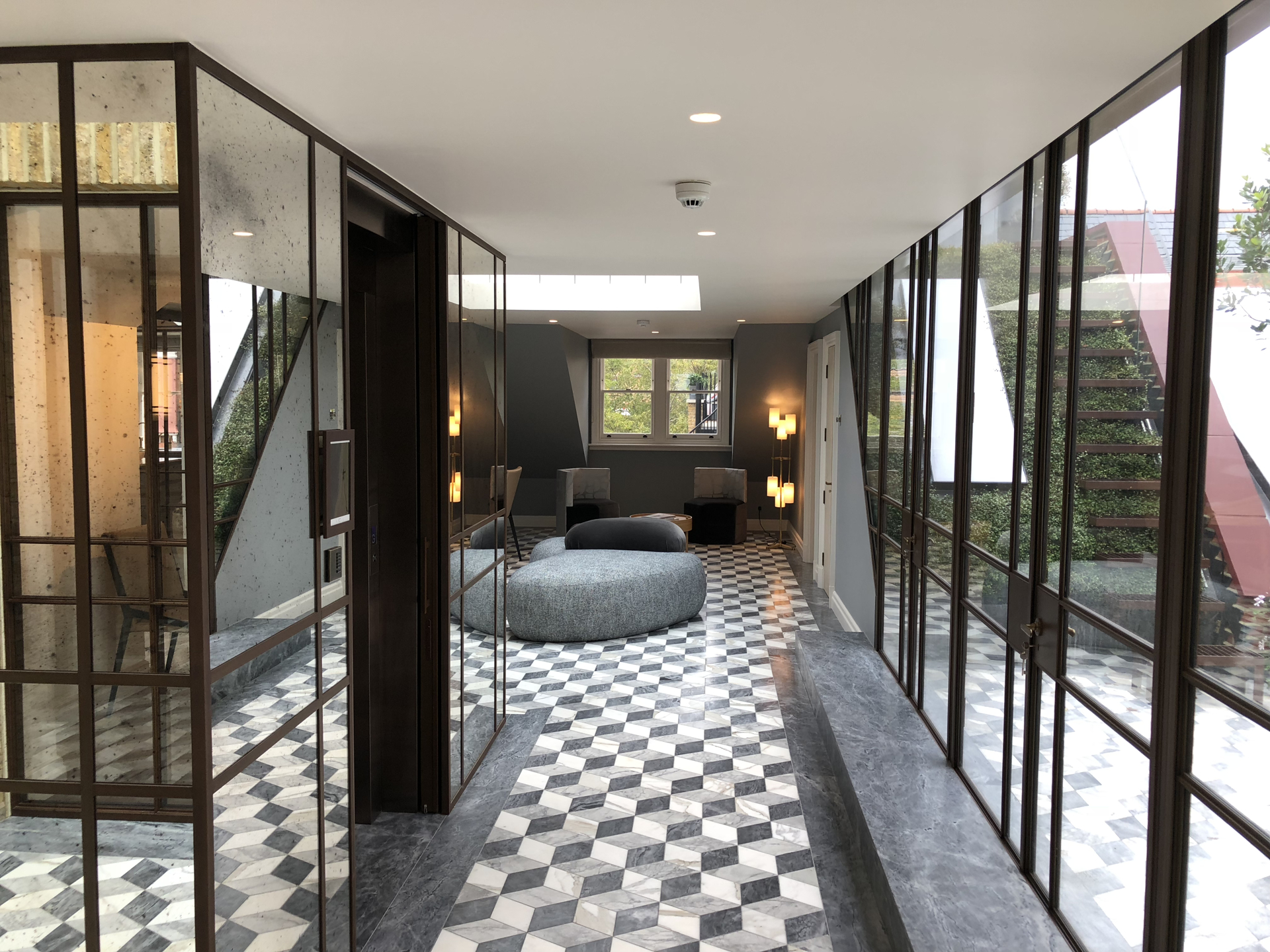
This is one of our works located in London Knightsbridge. Most of the walls have been covered with this material and the effect looks really great. The photo shows the hall of the apartment, while the ceiling is lit from four sides, which makes everything visible in high gloss. Therefore, any imperfection would be quickly detected – however, you won’t find any defects here. All you can find here are perfectly smooth, evenly painted surfaces we are so proud of!
If you need the help of professional decorators in London to obtain the highest quality, smooth walls – call Ignas!
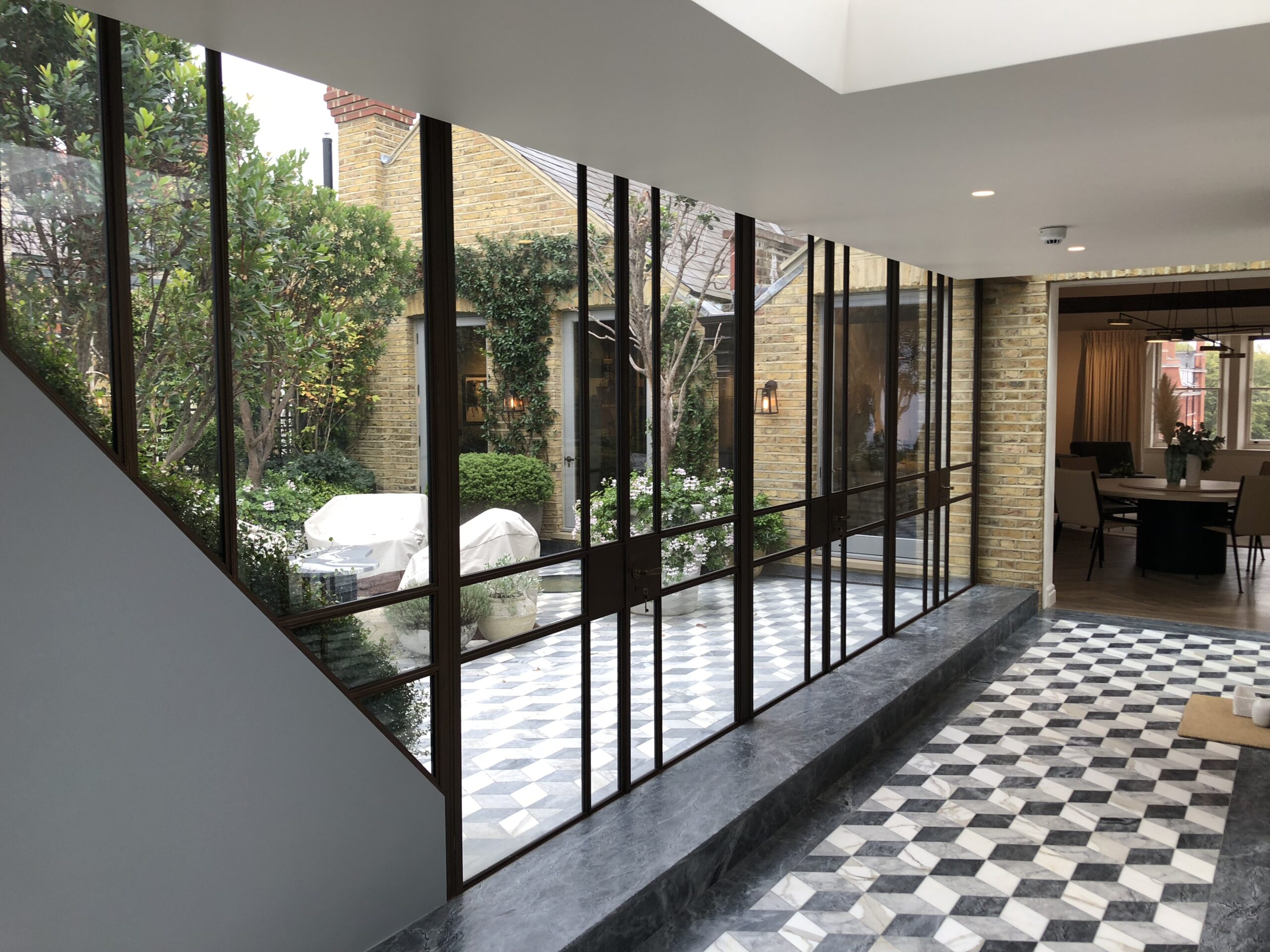
Follow us
Blog
Interior vs. Exterior Painting – What’s the Difference Between the Two?
While many home-grown renovators look at painting as simple and easy enough to skip
hiring a contractor and do on their own, there’s actually a lot to consider when preparing for
a painting project.
Spring is coming – it’s time to paint and decorate outdoors in London!
At Ignas we are very happy that the weather is slowly but steadily improving! Why is it so important
to us? Apart from the fact that we love the sun, these are also perfect conditions for painting and
decorating the outside of buildings!


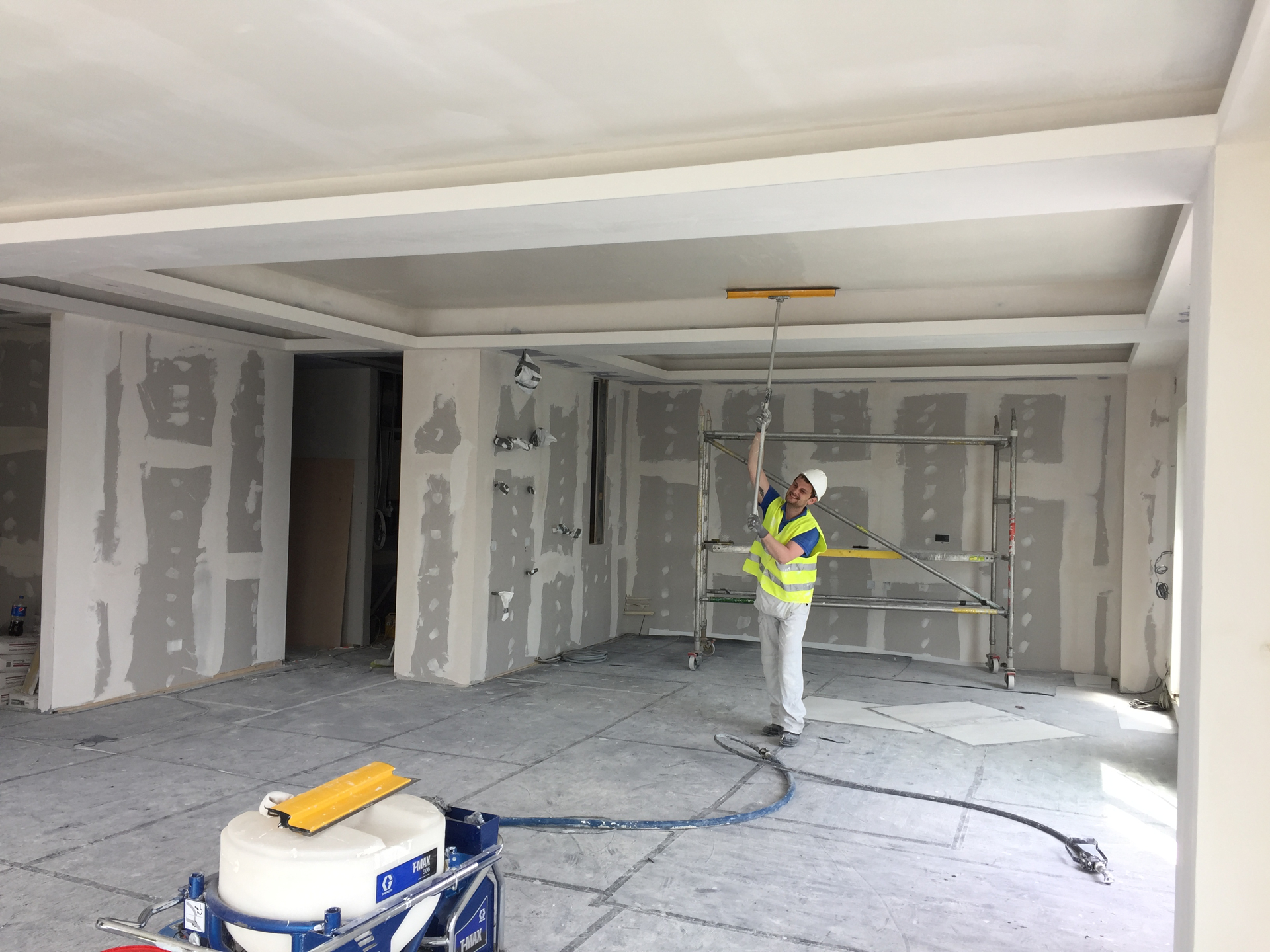
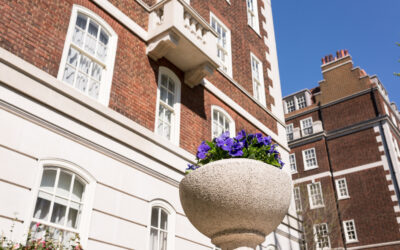
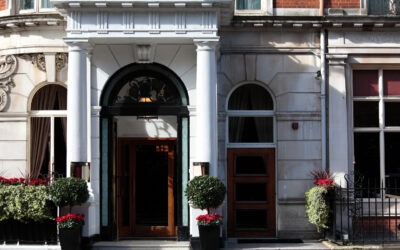
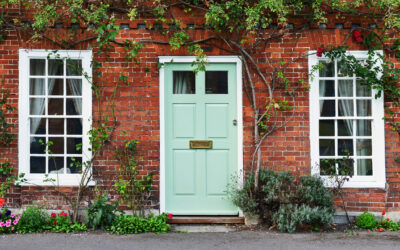
0 Comments